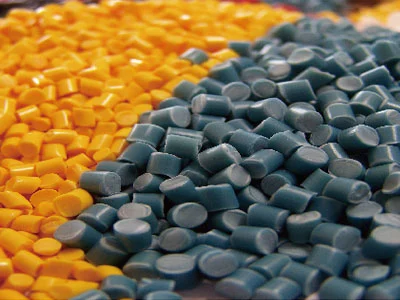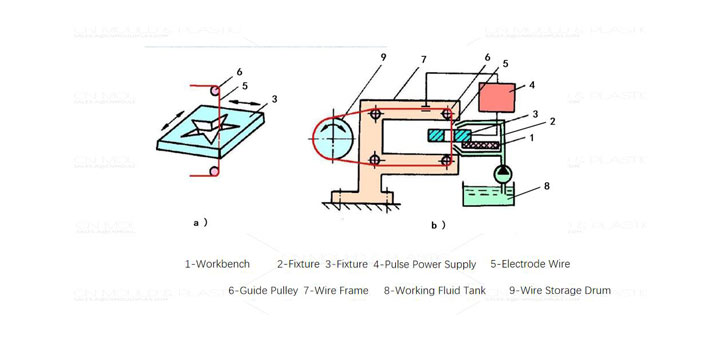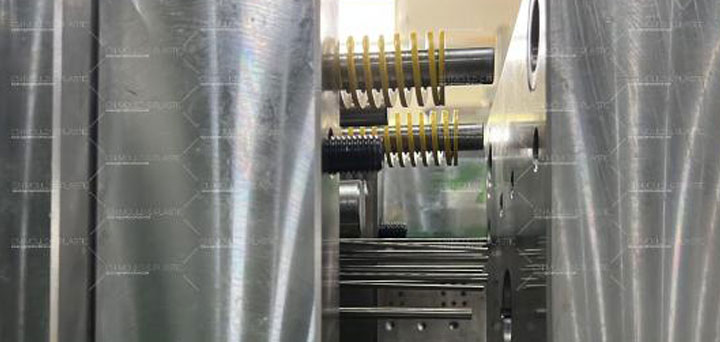07-25
The principle of wire electrical discharge machining (WEDM) is the same as that of electrical discharge machining (EDM). The difference is that in WEDM, a continuously moving metal wire (called the el...
Thermoplastic elastomer (TPE), also called artificial rubber or synthetic rubber.Its products not only have the excellent properties of high elasticity, aging resistance and oil resistance of traditional rubber, but also have the characteristics of easy processing and wide processing methods of ordinary plastics. TPE material has become the latest material to replace traditional rubber. Its environmental protection, non-toxic, comfortable feel, beautiful appearance, make the product more creative.Therefore, it is a more humanized and high-grade new synthetic material, and it is also a world-standard environmental protection material.

| TPE | Versaflex™ VDT 5110-80N | Versaflex™ VDT 5110-85N | CSR-9000N BL | Dynaflex™ G6713C | Unit | Testing Standard |
| Manufacturer | Polyone | Polyone | SUHHAE | Polyone | ||
Data sheet | ||||||
| Description | Versaflex™ VDT 5110-80N is a vibration and impact damping TPE formulated to bond to polar resins including Polycarbonate (PC), ABS, PC/ABS, and Copolyester | Versaflex™ VDT 5110-85N is a vibration and impact damping TPE formulated to bond to polar resins including Polycarbonate (PC), ABS, PC/ABS, and Copolyester | CSR-9000N BL Series Thermoplastic Elastomer in natural color has a comfortable rubber feel. It can be insert-molded with olefinic materials such as PP and PE, or molded singularly as solid parts. It has moderate level of weather and chemical resistance, low-odor and free of harmful substances, which provides room for infinite design ideas generation. | Dynaflex™ G6713C is an easy processing TPE designed for use in injection molding and extrusion applications where an extremely soft feel is desired. .Excellent Colorability .Good Ozone and UV Stability .Overmold Adhesion To Polypropylene .Tactile Feel .Ultra Soft Touch | ||
| Appearance | Natural color | Natural color | Natural color | Natural color | ||
| Physical | Dry | Dry | Dry | Dry | Unit | Test Method |
| Specific Gravity | 1.05 | 1.06 | 1.07 | 0.88 | g/cm3 | ASTM D792 |
| Molding Shrinkage - Flow | 1.5 to 2.3 % | 1.5 to 2.3 % | / | / | % | ASTM D955 |
| Mechanical | Dry | Dry | Dry | Dry | Unit | Test Method |
| Tensile Stress (100% Strain, 73°F (23°C)) | 1.72 | 1.72 | >1.0(ASTM D638) | 0.655 | MPa | ASTM D412 |
| Tensile Elongation (Break, 73°F (23°C)) | 740 | 730 | >200(ASTM D638) | 660 | % | ASTM D412 |
| Hardness | Dry | Dry | Dry | Dry | Unit | Test Method |
| Durometer Hardness | 80 | 87 | 90 | 14 | Shore A | ASTM D2240 |
| Flammability | Dry | Dry | Dry | Dry | Unit | Test Method |
| Flame Rating(UL94) | / | / | / | / | class | IEC 60695-11-10 |
| Thermal | Dry | Dry | Dry | Dry | Unit | Test Method |
| Melting Temperature | / | / | / | / | °C | ISO 11357-3 |
| Data sheet |

